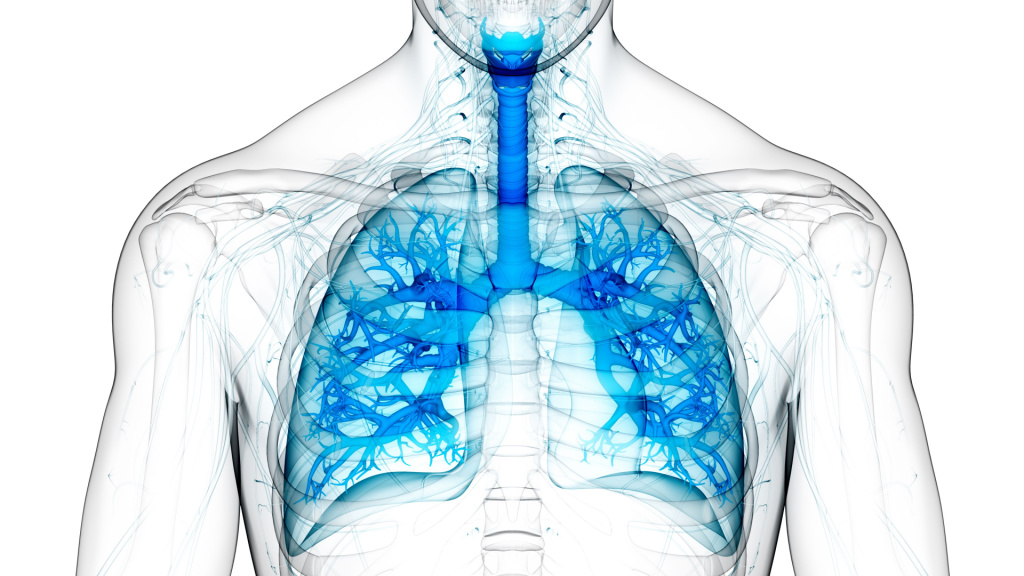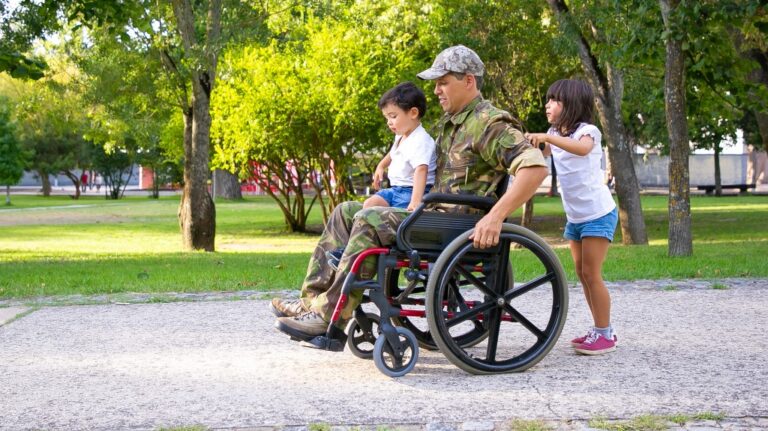Can You Get VA Benefits for COPD?
Were You Denied VA Benefits for COPD?
Roughly 30% of disability claims presented to the Veterans Affairs (VA) encounter denial each year, a disheartening reality. More distressing, almost 60% of these denials transpire due to erroneous judgment. These figures cast a daunting shadow over veterans who have languished for months, awaiting the funds essential for their medical well-being. The gravity amplifies when these health concerns are as grave as COPD, an ailment capable of inflicting enduring hardships, irreversible harm to the lungs, and extensive respiratory complications. The provision of VA disability benefits for COPD stands as a vital lifeline for afflicted veterans, providing the means to cover their financial burdens.

Amidst these overwhelming and anxiety-inducing circumstances, it’s imperative to recognize that you need not confront this formidable trial alone. Enlisting the support of a seasoned attorney well-versed in Veteran Disability matters can alter the landscape. This legal representative stands by your side, passionately advocating for your rights, diligently fighting for the recompense you are entitled to, and furnishing the indispensable legal guidance you require during this taxing phase of your life.
The pathway of veterans’ disability claims concerning COPD is fraught with potential pitfalls. Yet, certain recurrent reasons account for denials, often arising from the ensuing scenarios:
- Insufficient presentation of evidence substantiating the disability.
- Shortfall in comprehensive and precise medical evidence pertaining to the COPD diagnosis.
- Mistakes in the completion of requisite forms.
- Inadequate disability ratings failing to meet the criteria for benefits.
- Failure to adhere to the stipulated deadline for benefits application.
- Non-establishment of service connection for the COPD condition.
Nonetheless, even if your veteran COPD claim faces rejection, it is not synonymous with the culmination of your case. In such junctures, the wisdom lies in engaging adept legal counsel, capable of surmounting these obstacles and persuading the VA to endorse your claim.
What is COPD?
Chronic obstructive pulmonary disease (COPD) is commonly characterized as a persistent inflammatory lung ailment that induces hindered airflow. Manifestations of this condition frequently encompass:
Impaired breathing Excessive mucus secretion Wheezing Prolonged bouts of coughing
The genesis of this malady can often be traced back to extended exposure to specific substances, such as dust or sand, or noxious fumes like those found in cigarette smoke. Furthermore, it carries the potential to elevate the susceptibility to grave ailments such as heart disease and lung cancer.
VA Rating Schedule for COPD Explained
The assessment of Chronic Obstructive Pulmonary Disease (COPD) by the VA is delineated under 38 C.F.R. 4.97, employing diagnostic code 6604. Ratings span from 10 to 100 percent disability, serving as recompense for veterans in recognition of the compromised earning capacity stemming from their ailment.
A COPD rating of 10 percent necessitates that a veteran presents with one of the ensuing criteria:
- Forced Expiratory Volume in one second (FEV-1) within the range of 71 to 80% of the predicted value, or
- FEV1/Forced Vital Capacity (FVC) ratio ranging from 71 to 80%, or
- Diffusing capacity of the lungs for carbon monoxide (DLCO, SB) ranging from 66 to 80% of the predicted value.
A COPD rating of 30 percent calls for:
- FEV-1 within the range of 56 to 70% of the predicted value, or
- FEV-1/FVC ratio ranging from 56 to 70%, or
- DLCO (SB) ranging from 56 to 65% of the predicted value.
A COPD rating of 60 percent mandates:
- FEV-1 within the range of 40 to 55% of the predicted value, or
- FEV-1/FVC ratio ranging from 40 to 55%, or
- DLCO (SB) within the range of 45 to 55% of the predicted value, or
- Maximum oxygen consumption ranging from 15 to 20 ml/kg/min (with cardiorespiratory limit).
Finally, a COPD rating of 100 percent requires a veteran to demonstrate one of the following conditions:
- FEV-1 less than 40% of the predicted value,
- FEV-1/FVC ratio less than 40%,
- DLCO (SB) less than 40% of the predicted value,
- Maximum exercise capacity less than 15 ml/kg/min oxygen consumption,
- Presence of right heart failure,
- Right ventricular hypertrophy,
- Pulmonary hypertension evident via Echo or cardiac catheterization,
- Episodes of acute respiratory failure,
- Necessity for outpatient oxygen therapy.
It is noteworthy that veterans can receive ratings for only one respiratory condition. For instance, if a veteran contends that both COPD and asthma resulted from their military service, they are eligible for VA disability benefits for only one of these conditions.
What Caused COPD in Veterans?
Chronic Obstructive Pulmonary Disease (COPD) can emerge from a multitude of triggers, encompassing prolonged inhalation of air pollution, secondhand smoke, noxious fumes, dust, and even various chemical substances. However, in the context of COPD linked to military service, the origins of this ailment are inclined towards:
- Prolonged exposure to burn pits and open-air disposal sites utilized on military bases for waste incineration.
- Exposure to hazardous gases and chemicals emitted from these burn pits.
- Contact with noxious air, such as Agent Orange, during the Vietnam War.
Predominantly, those who have served in Iraq and Afghanistan exhibit a higher propensity to pursue VA disability benefits. This heightened likelihood stems from the fact that many of these veterans have encountered circumstances that elevate the risk of developing service-related COPD.
Getting Help for Service-Connected COPD
If you have been denied benefits after applying for a COPD service connection, you may need an attorney to help you out. In general, having an attorney assist with your case can greatly increase the chances of ultimately getting approved for benefits. Contact us today to get paired with an attorney that can assist.






